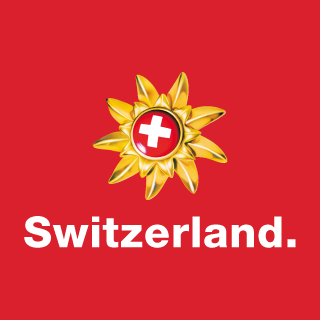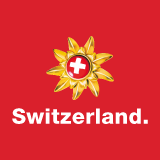Klausjagen in Küssnacht am Rigi (Eve of St. Nicholas' Day)
On December 5, the eve of St. Nicholas' Day, the village of Küssnacht, on the shores of Lake Lucerne, glows in the light of some two hundred enormous, transparent bishops' miters, which have been artfully designed, cut out of cardboard, assembled, and lit by a candle from within. This Iffele, or headdress, is worn by the men, who accompany St. Nicholas on his way through the village.
The streets echo with the sound of heavy bells carried by strong men, horn blowing, and especially the peculiar triad rhythm of a brass band accompanying the chant of Mänz, Mänz, Mänz, Bodefridimänz. Clemenz (Mänz) Ulrich tried unsuccessfully in the 1920s to convert the wild chasing of St. Nicholas by village youths into something more civilized. His successors had better luck in 1928, when they founded an association to maintain and preserve the Klausjagen custom.
In its earlier and even in its current form, the custom reflects ancient cultic origins which are barely superseded by the appearance of St. Nicholas in his bishop's robes. The whipcrackers noisily announcing the arrival of the procession, apparently share these same origins.

